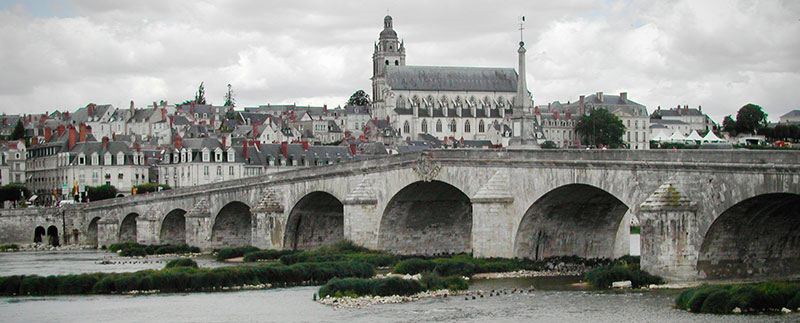The French city of Blois has one of the largest and most interesting of the châteaux of the Loire Valley, built up in a variety of architectural styles over its 700 year period. It was home to many of the kings and queens of France. And there is also a very friendly pedestrian center to the town.
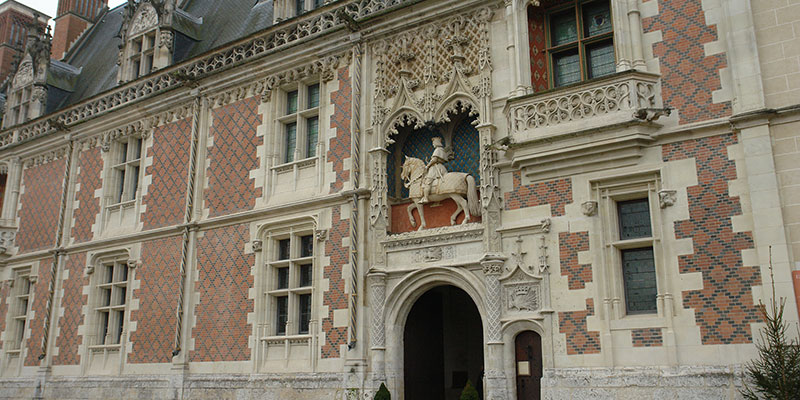
Louis XII was born here in 1462 and reigned as king of France from 1498 to 1515. An impressive equestrian statue of Louis XII is above the door on the façade of the wing built by him.

Because so many powerful kings lived here and were associated with the château, it was built up over the centuries in a variety of architectural styles. This one building exhibits the medieval and the Renaissance and then the French classic style later of François Mansart.
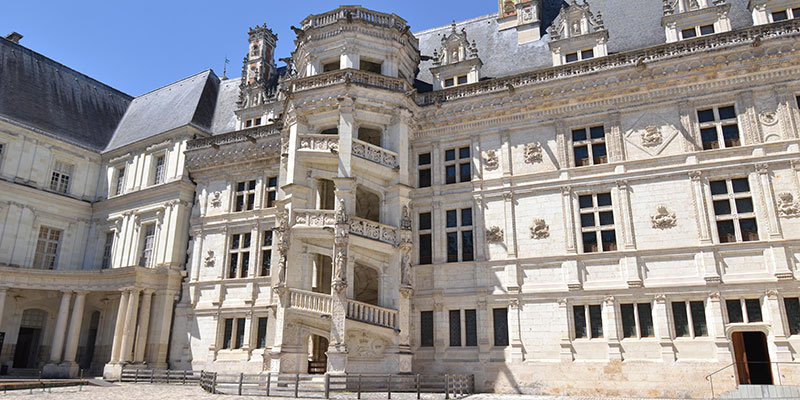
The exterior spiral staircase dating to the Renaissance is one of the most spectacular features of the château. As part of your visit to the interior, you’re able to walk up the stairs and into the various rooms.

Another of the famous residents was Marie de’ Medici who lived here in exile from 1617 to 1619 after she was forced out of Paris. Her husband, King Henry IV, died. She tried to become queen, but instead her son became King Louis XIII and he exiled her to Blois.
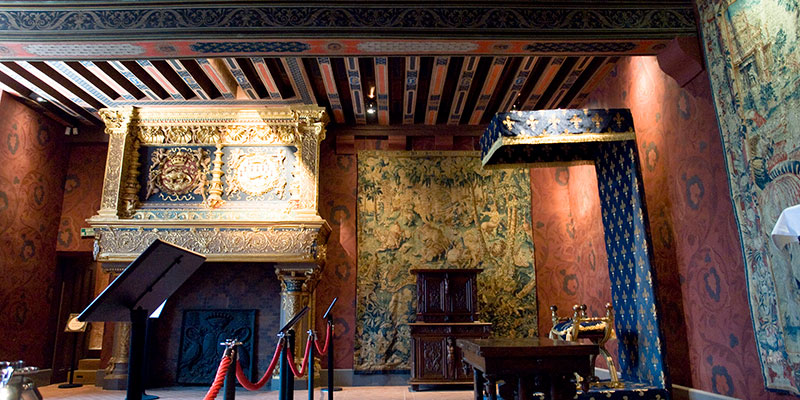
After 1660, the château became the property of Louis XIV, and then its history as a French royal residence rapidly drew to a close. Louis focused his architectural interest on building up the Château of Verasilles.
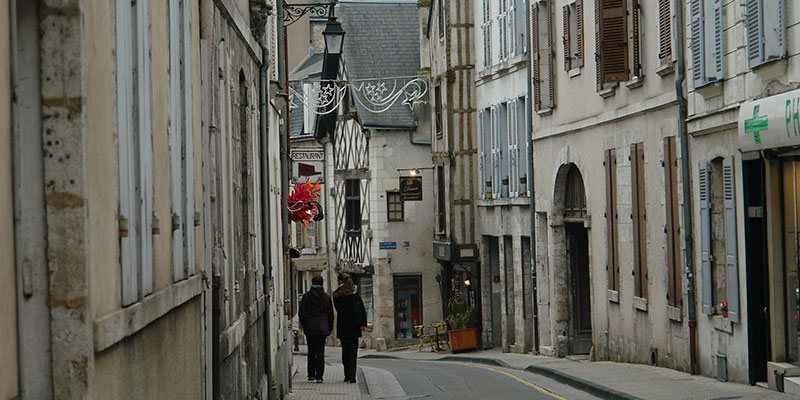
Below the château you’ll find winding narrow lanes lined with picturesque old houses, forming the bulk of the Old Town. The old town is just next to the château, with the main shopping area in the middle as pedestrian lanes, and in the center, the Place Louis XII, the main square of town. The historic center is 800 meters wide, very easy to walk around in. The château is at one end and the cathedral at the other end of town.
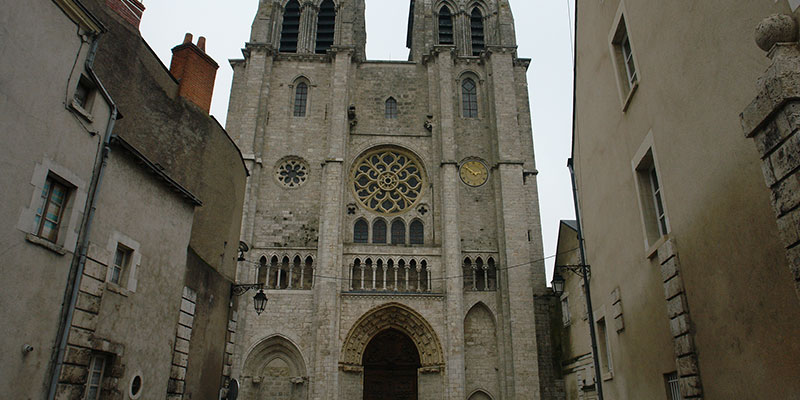
The ancient Old Town is built upon a steep slope, crowned by the historical castle at one end of the ridge, and by the cathedral at the other. As a result there are numerous staircase streets running up the hills.

This old part of town next to the château is a healthy and vibrant neighborhood with shops and cafés scattered and residences in the blocks behind. Blois is a small city of just 45,000 people which makes it relatively quiet and peaceful and yet big enough to have a thriving downtown commercial district.
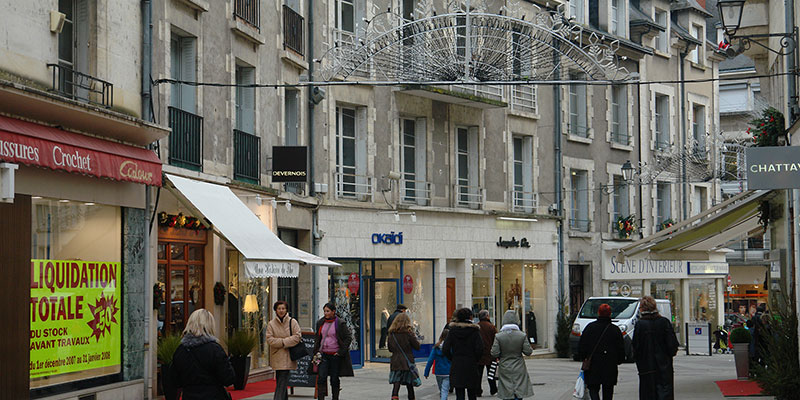
The main pedestrian street of the Old Town is rue Saint-Lubin which leads right into the major square, Place Louis XII. This shopping district of Blois has a half a dozen other pedestrian and semi-pedestrian lanes that are really comfortable for walking around in.
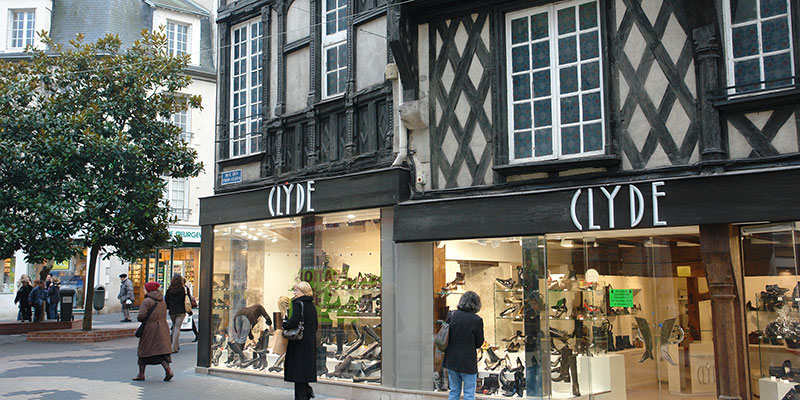
There are a number of hotels in a wide price range here, so you could easily spend a few nights in Blois and travel out from here by train or by tour van, or maybe you have a rented car, to visit the surrounding areas.
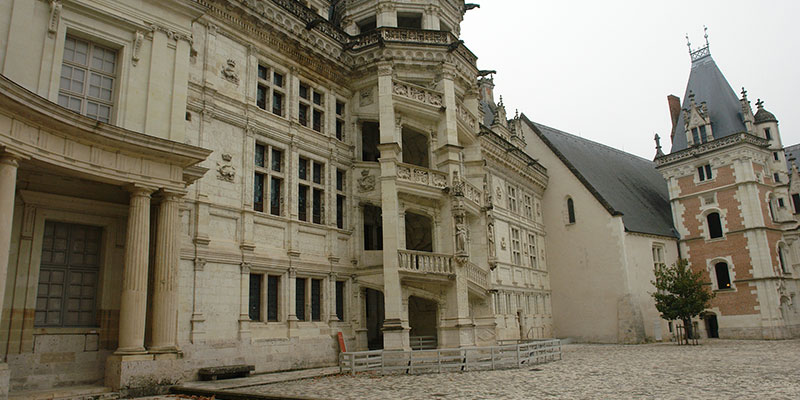
The origins of Blois are quite ancient, going way back into prehistory, but it's first mentioned in the sixth century in a written document and the city gained its first notability in the ninth century when it became the seat of a powerful medieval Count.
Typical of old European cities, they've managed to preserve many of their historic structures which makes this a very rewarding visit, and yet at the same time there is a modern downtown that's quite lively and fun to walk around in.
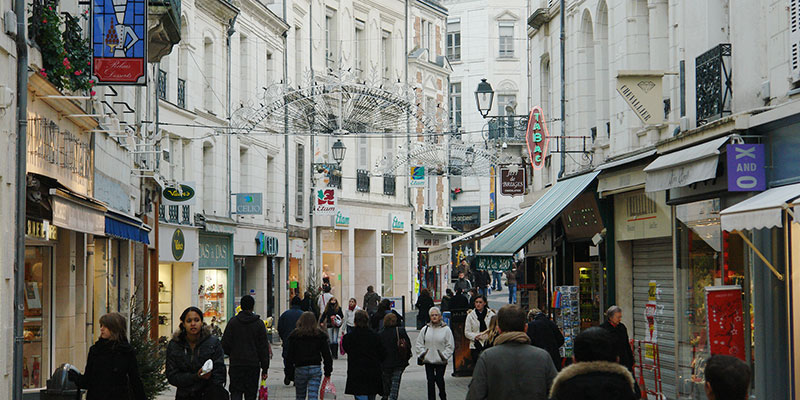
It's easy to get here by train from Paris just an hour and a half away or from the nearby town of Tours which is our home base for visiting the Loire, and that's just over half an hour away.
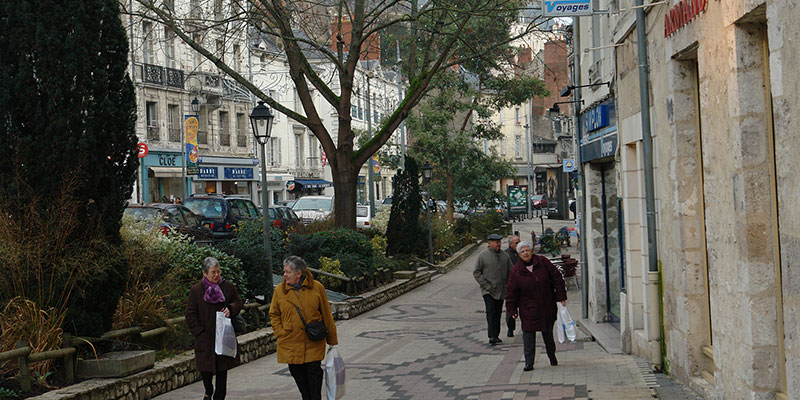
Upon arrival you'll find the train station is just on the edge of downtown, as usual in small European cities. Walk just a block over and right away you're getting of view of the huge back of the Château of Blois, the defining historic landmark of the city.
